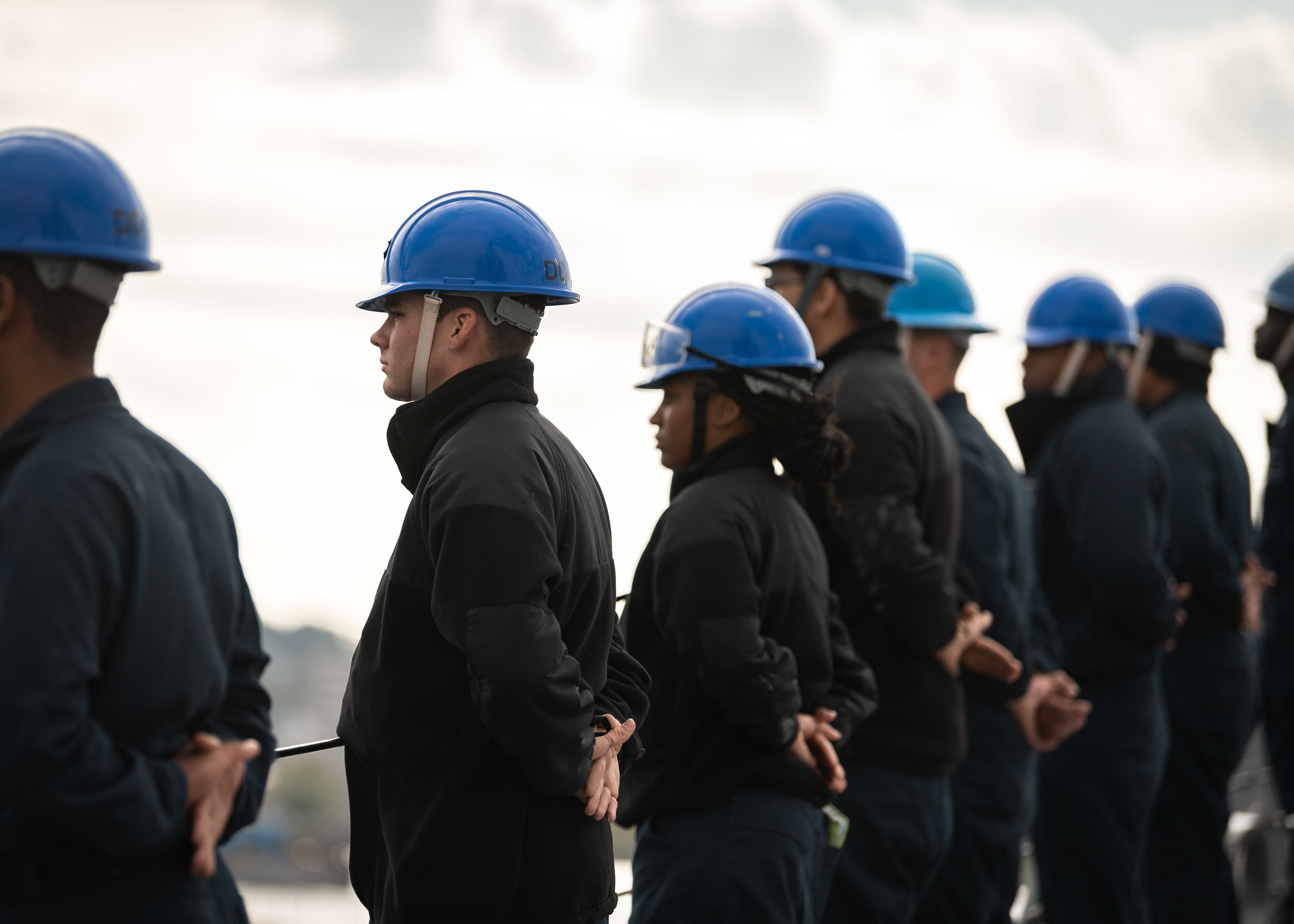Navy Times annually looks to the future in late December, not the past. We want to arm sailors and their families with insight into what we think might be the top trends or news events in the coming year.
We chose 16 stories we think you should watch for in 2020. They were produced by Military Times Deputy Editor Leo Shane III, Senior Navy Times Reporter Courtney Mabeus, Senior Military Times Reporter Geoff Ziezulewicz, Military Times Overseas Operations/COCOM reporter Shawn Snow, Defense News Capitol Hill Reporter Joe Gould and Defense News Naval Warfare Reporter David Larter.
We started Friday with the 13th through 16th top stories for 2020, then hit four more on Saturday and two more on Sunday.
Today, we bring you up to the penultimate story for next year and will wrap it all up tomorrow.
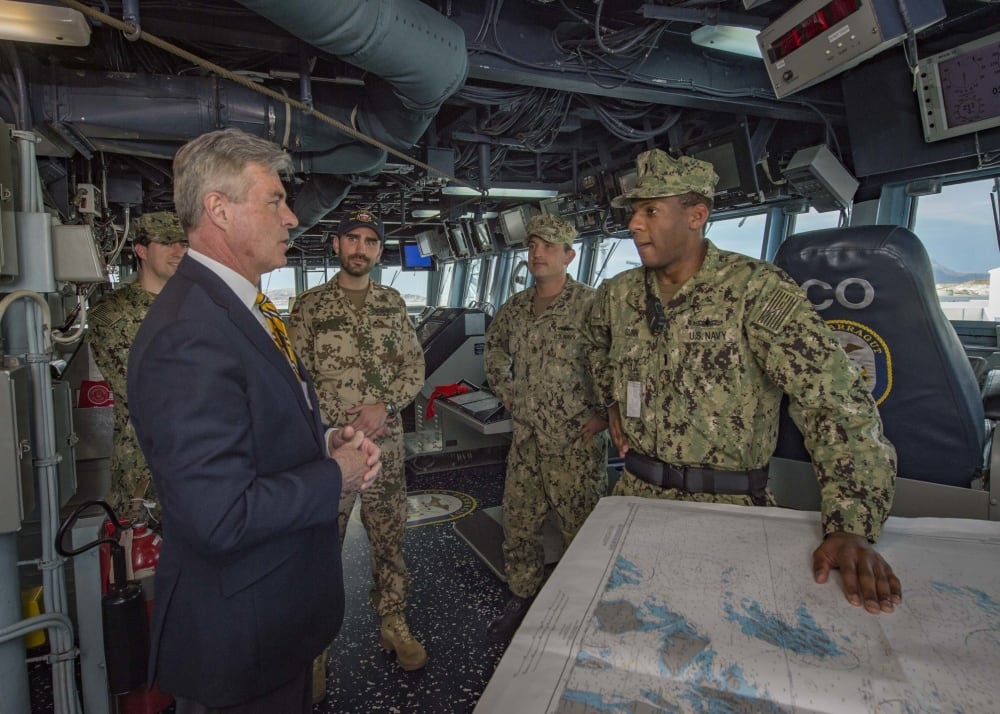
2. A new SECNAV
On Nov. 24, Defense Secretary Mark Esper canned the Navy’s top civilian, Richard V. Spencer, following allegations that he plotted with the White House to fix a sham Trident Review Board designed to kick Special Warfare Operator Chief Edward “Eddie” Gallagher out of the SEALs.
With Spencer out, Esper and President Donald J. Trump turned to retired Rear Adm. Kenneth “K.J.” Braithwaite, the U.S. ambassador to Norway.
Before his 2011 retirement, Braithwaite served as the Navy’s vice chief of information.
He graduated from the U.S. Naval Academy in 1984 and was designated a naval aviator in 1986 before spending much of his military career as a public affairs officer.
“Kenneth Braithwaite is somebody I’ve known for quite some time,” Esper told reporters in November. “I think he’d be very capable.”
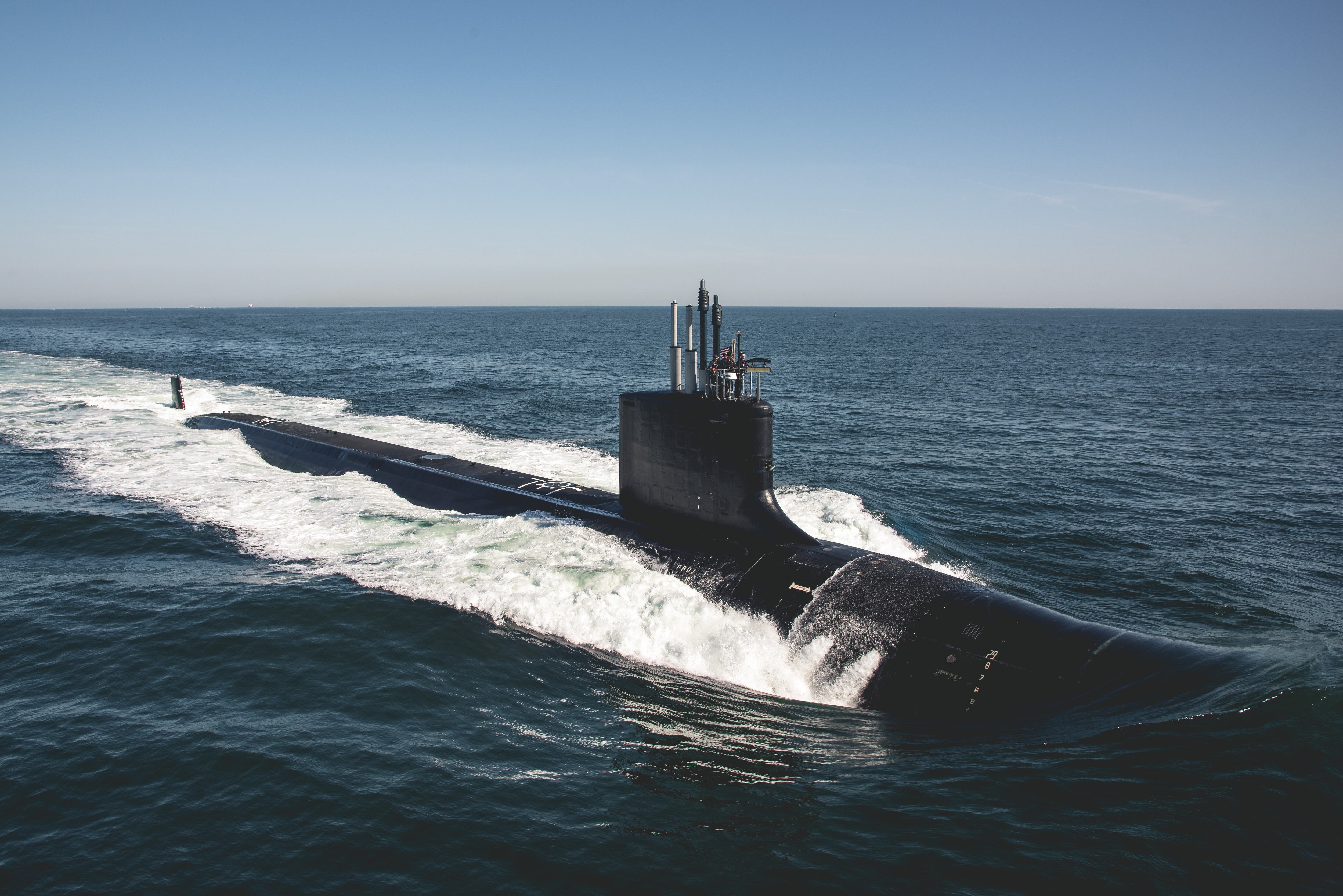
3. Navy gets to $pend!
Capitol Hill approved a compromise defense policy bill on Dec. 17 that creates a new Space Force in exchange for establishing paid parental leave for federal workers, as part of $738 billion for the Pentagon for 2020.
The Senate overwhelmingly approved the bill 82-8, just days after the House passed it 377-48, sending it to the White House for President Donald J. Trump’s signature.
The $738 billion bill averts a federal government shutdown and is roughly a $20 billion increase over 2019, but less than the $750 billion Trump called for earlier in the year.
Senate Appropriations Committee Chairman Richard Shelby, R-Alabama, announced the deal contained “robust investment in rebuilding our military and secures significant funds for the President’s border wall system,” while his House counterpart, Rep. Nita Lowey, D-New York, said she was pleased it would “keep government open, provide the certainty of full-year funding, and make strong investments in key priorities for American communities.”
The Navy gets a slice of the $1.87 billion earmarked for aviation programs, including 24 F/A-18E/F Super Hornets and nine P-8A aircraft.
There’s also $23.9 billion for 14 warships, including three Arleigh Burke-class destroyers, one frigate, one landing helicopter assault ship, one amphibious transport dock, one expeditionary fast transport ship, two oilers, two tugs and an aircraft carrier, plus three Virginia-class fast attack submarines.
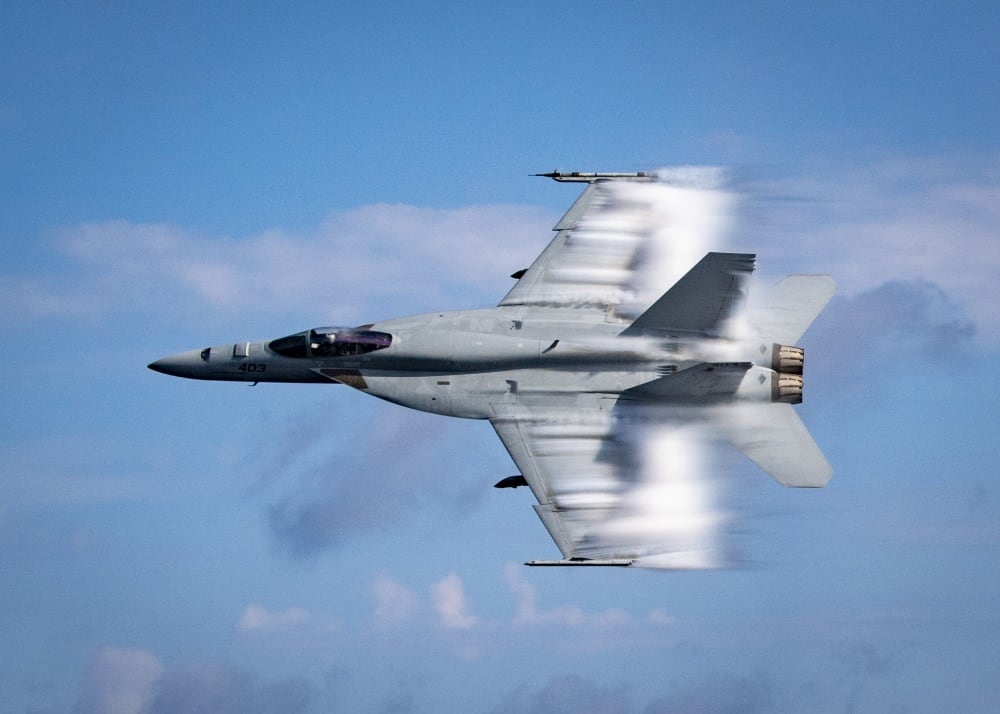
4. So do you!
Troops will see their largest pay raise in almost a decade on Jan. 1, and they could see almost as large of a boost in 2021, too.
Despite uncertainty surrounding the military budget in recent months, a military pay raise of 3.1 percent is set to go into effect for 2020. Although both Democrats and Republicans have hailed the move, the figure is equal to the federal calculation estimating the rise in private sector wages for next year.
Still, that’s an improvement over some past years, where pay increases were kept under that mark to save defense funds for other priorities, like modernization and training accounts.
For junior enlisted sailors, a 3.1 percent pay raise would amount to roughly $815 more a year in pay. For senior enlisted and junior officers, the hike equals about $1,500 more.
A lieutenant commander with a dozen years in uniform would see more than $2,800 extra next year under the increase.
The military pay calculation for 2021 has already been set at 3.0 percent. That figure will be the source of debate throughout the spring, when lawmakers discuss funding levels for the next fiscal year.
If they go along with the anticipated raise rate — and already both parties have indicated they would prefer to do so — it would mark the first time the military pay raise topped 3.0 percent in consecutive years since 2009-2010.
From 2011 to 2016, the pay hike never topped 2 percent.
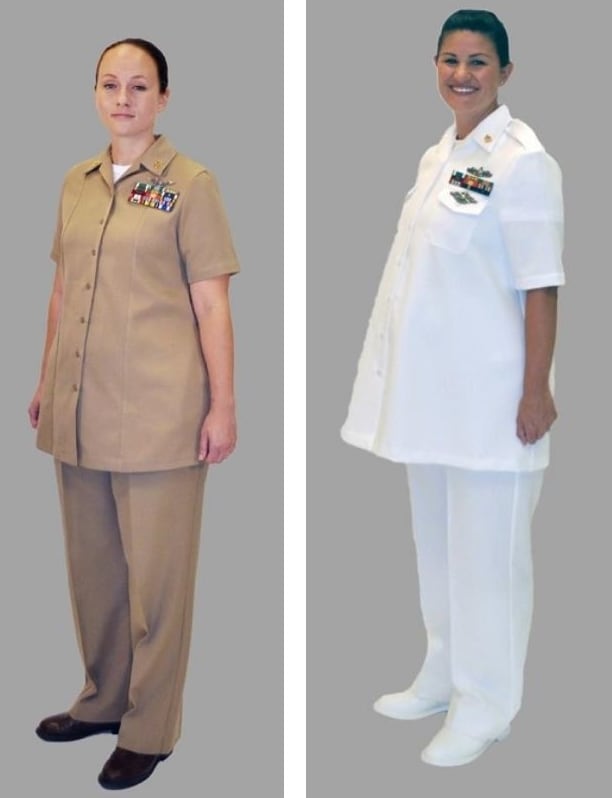
5. Spending it on new uniforms?
As part of a larger effort to introduce what officials are calling “flexibility” to the clothes sailors wear, Naval Personnel Command released uniform reforms on Dec. 9 designed to address everything from the way a shirt looks on a pregnant sailor to what you’re going to don for your next swim test.
Officials say they’re working to improve the cold weather parka black fleece liner by adding an outer fabric that resists rain and wind, an attached tab for rank or pay grade, and two side-access pockets that zip closed.
Tabs that fall on female sailors’ chests have irked some personnel and Navy leaders are considering their concerns during the fleece-liner redesign.
“Navy uniform components are constantly under review for functionality, performance, appearance and applicability,” wrote Navy spokesman Lt. Cmdr. Adam R. Cole in an email to Navy Times. “The location of rank on uniforms and outerwear such as the black fleece liner is currently under review for design improvements.”
For sailors opting for the swim portion of the semi-annual Optional Physical Readiness Test, two-piece swimwear for both men and women is authorized for 2020.
Full body swimwear will be allowed for those who opt for the pool during their swim quals and PRTs, too, but the Navy won’t issue it. These are commercial products sailors purchase.
Officials haven’t said when all the modifications will be finished, but the Navy is redesigning the summer white/service dress maternity shirt to “enhance appearance and functionality,” according to the Dec. 9 announcement.
“While there is no firm date when the improved white maternity shirt will be available, efforts are well underway to expedite it becoming a reality,” said Cole.
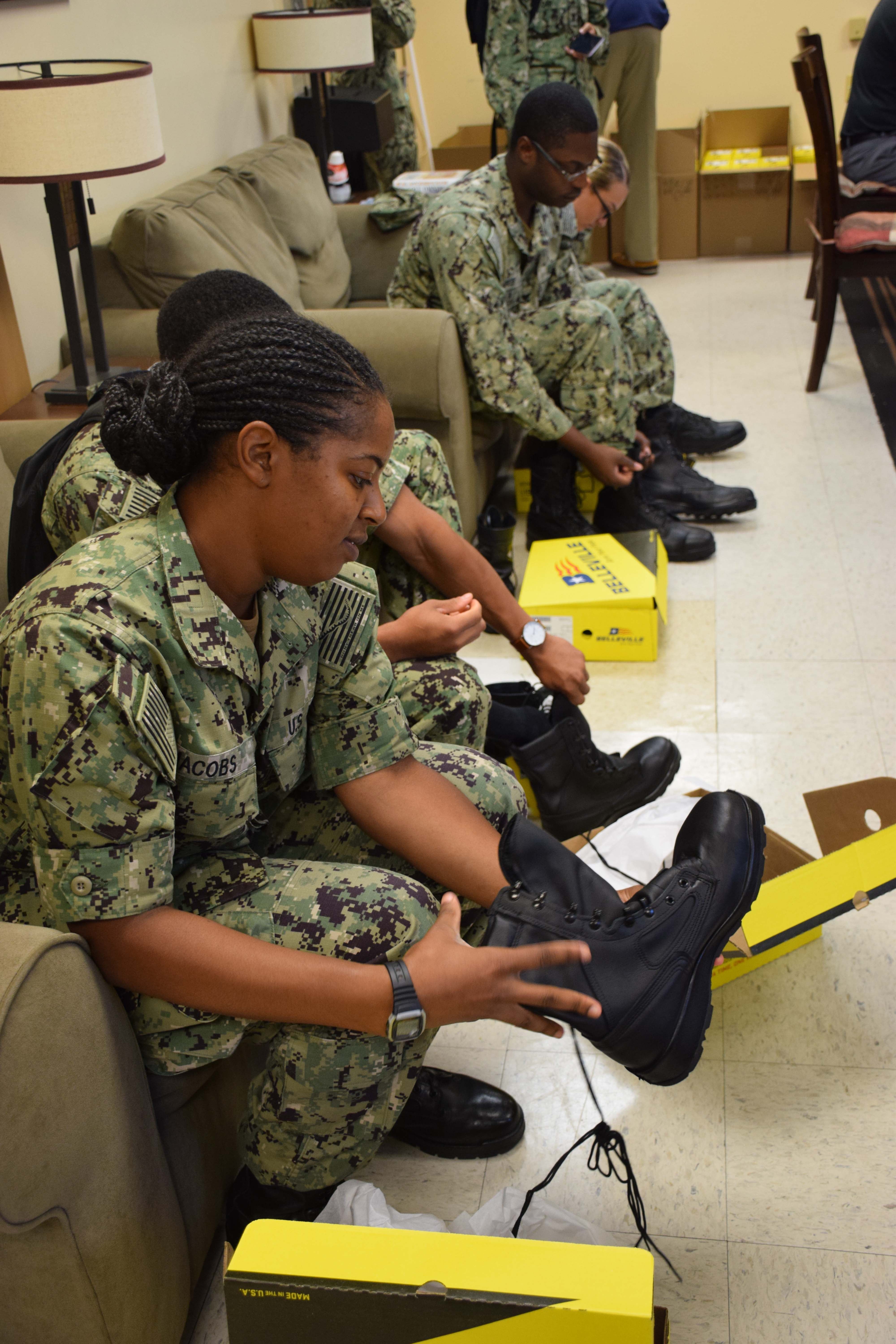
6. Better boots
Naval Personnel Command officials continued winter weather testing through December for the “I-Boot 5,” an effort by the Navy to upgrade the standard 9-inch NWU boot, issued safety footwear maligned for being unsafe, poor fitting, uncomfortable, untrustworthy on some surfaces, difficult to break in and plagued by durability problems.
The formal evaluation, a survey of participants and a final report to Navy leaders are expected to arrive on the desk of senior leaders in early 2020, according to the statement.
Relying on leaked internal documents that reached the highest levels of the sea service, a Navy Times probe published last January revealed that senior leaders more than three years ago began to believe that the standard boots issued by the Navy could cause sailors to fall off a ladder, but they failed to warn the fleet.
Officials hope the I-Boot 5 will feature increased slip resistance, traction and a better ability to fight FOD — the debris on flight decks that can cause foreign object damage to jet engines.
Officials said they don’t have an estimated price tag for the boots or a tentative date for when pairs will hit store shelves.
RELATED
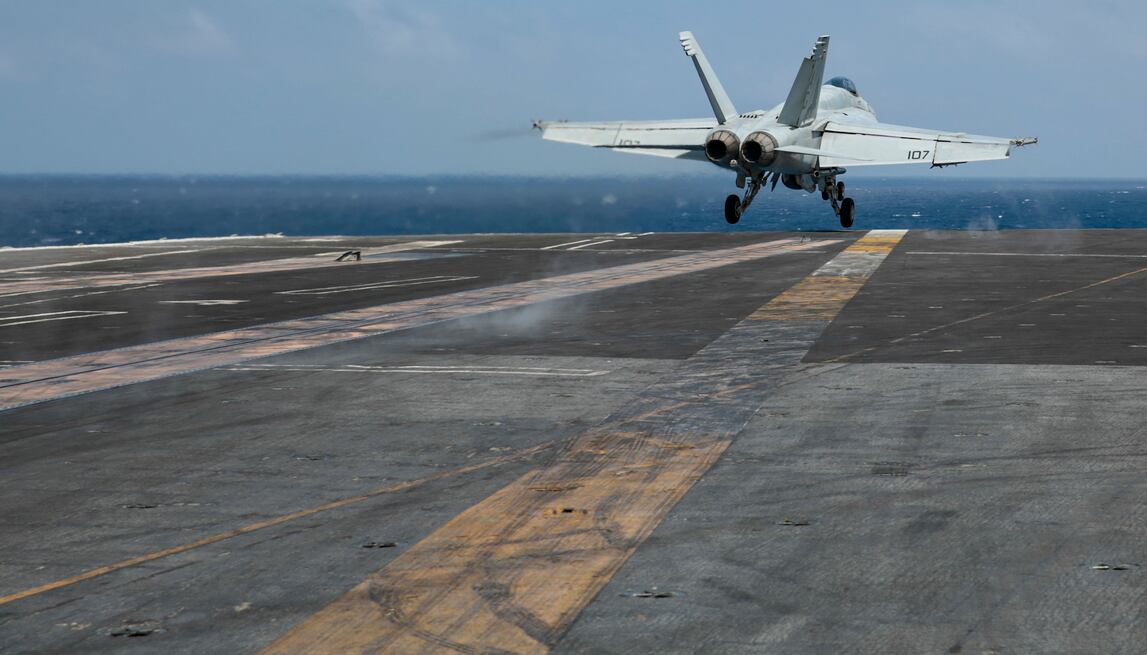
RELATED
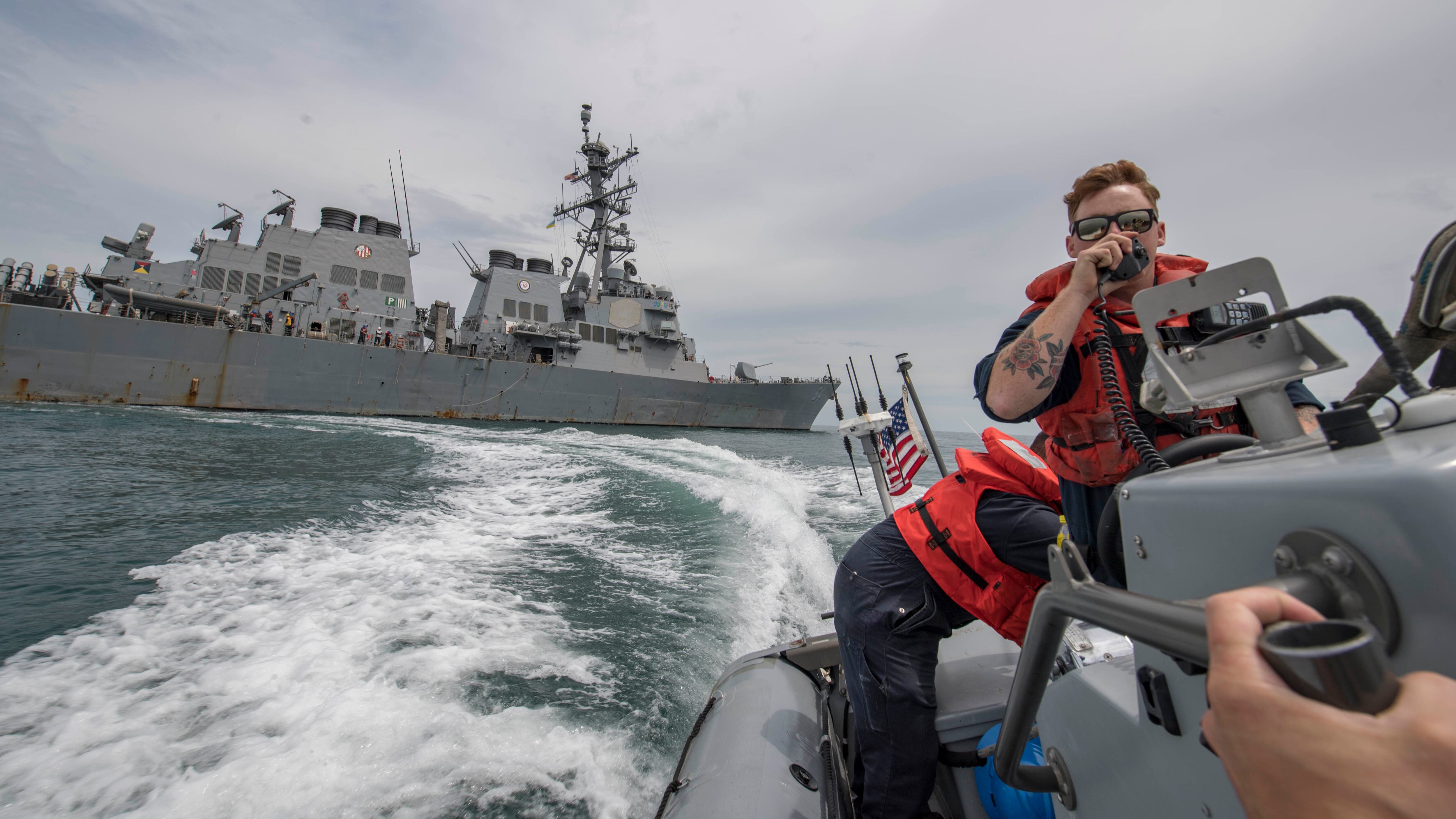
RELATED
